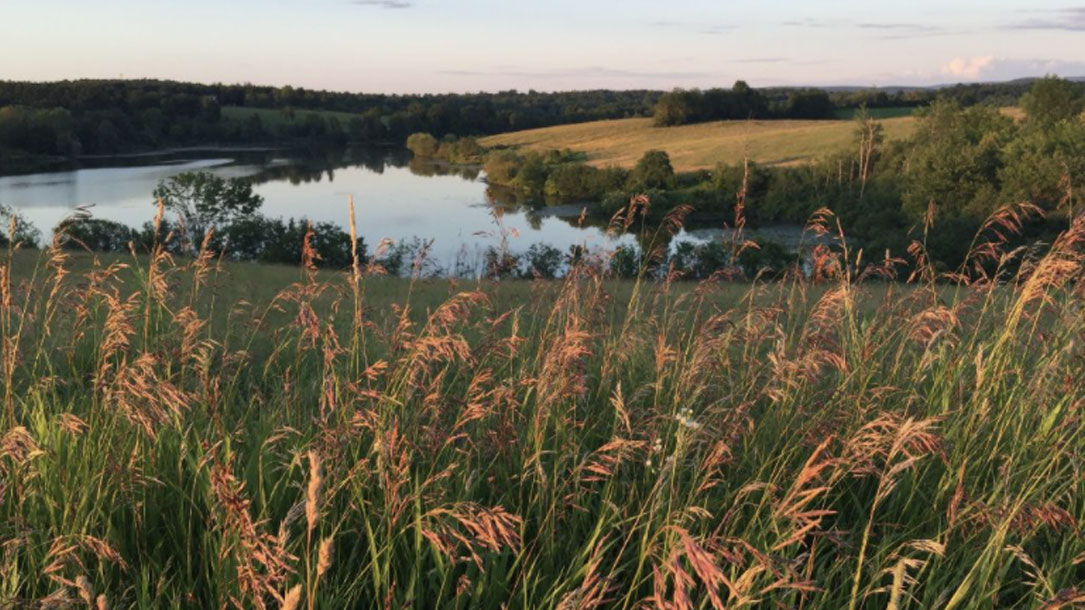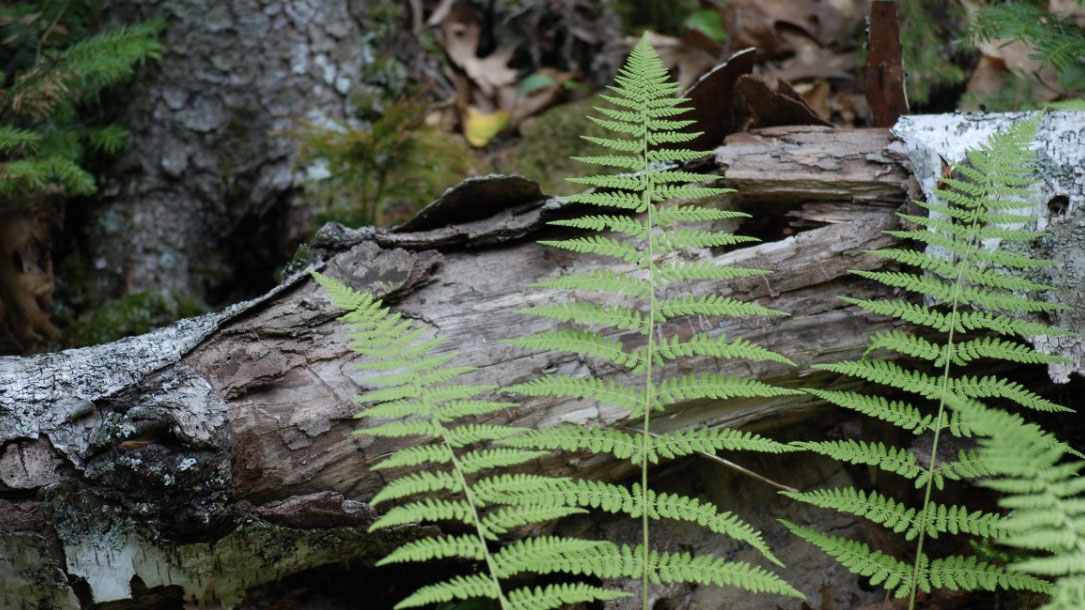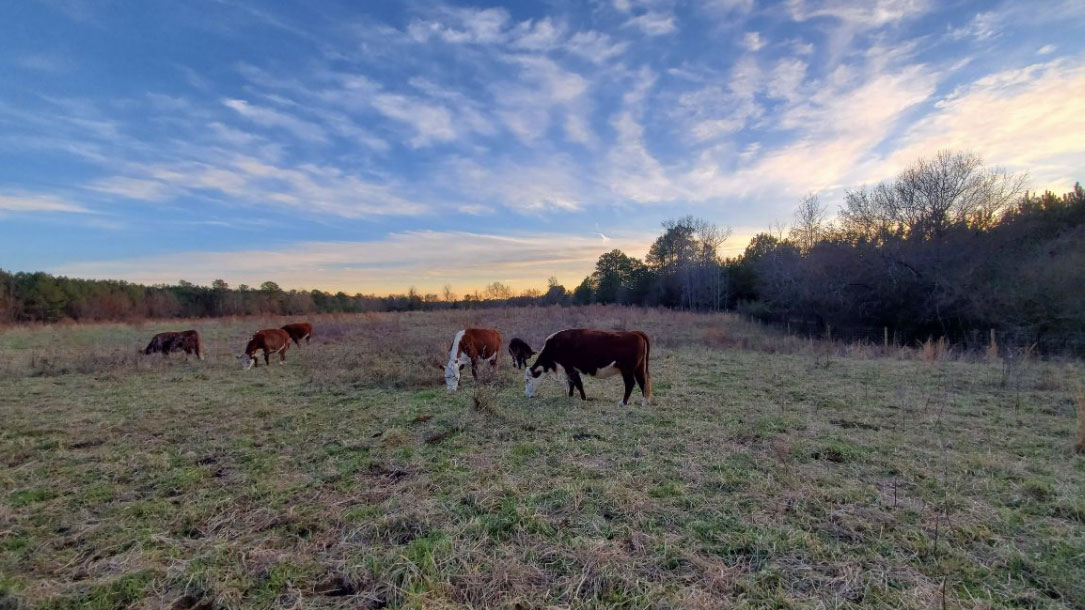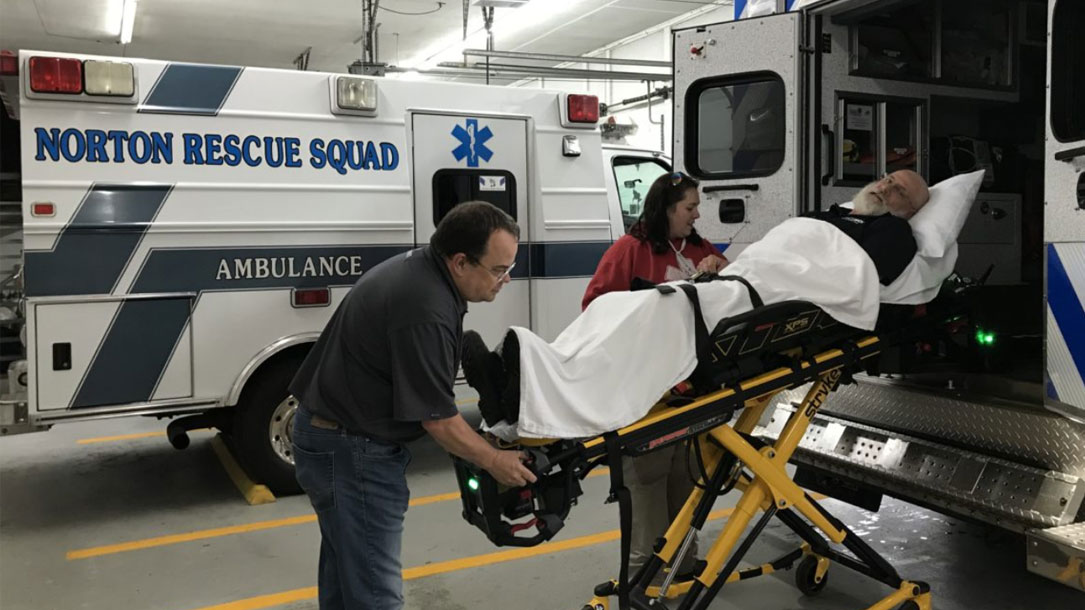
Saving Land magazine: Looking to the land to mitigate climate change
Recent reports that the planet had its hottest four years on record highlight the need for accelerated work to keep global warming below critical tipping points. While nations shift to carbon-neutral economies, Earth’s forests, grasslands, wetlands and soils can help reduce atmospheric carbon dioxide (CO2) levels. “Land trust work is more vital than ever,” says Kelly Watkinson, Land and Climate Program manager at the Land Trust Alliance, “because improved conservation, restoration and land management actions enhance the capacity of natural systems to absorb and hold carbon.”

Looking to land to mitigate climate change
Two [fairly] recent studies affirm the potential of natural ecosystems to scale back atmospheric CO2. New research published in Nature this January cites the “unexpectedly large impact” that forest management and grazing has on the planet and atmospheric carbon. “We have forgotten half of the story up to now,” lead study author Karl-Heinz Erb told The Washington Post…

Carbon Offsets in Conservation Easements: The Essentials for Land Trusts
With the New Year approaching, it’s the perfect time (in January) to contemplate what you and your local land trust can do to help slow down climate change.
This 2020 publication offers practical guidance to land trust practitioners on drafting conservation easements to (1) allow the development of carbon offset projects; and (2) convey or clarify the ownership of the carbon offsets generated by such a project. For a more holistic overview of carbon offset projects, see the Alliance’s Carbon Markets: Are They Right for Your Land Trust? publication.
Price for dowload:
Alliance Member: free
Non-Member: $18

Conservation group plots solar potential for retired Appalachian coal mine land
In 2016, Wells [the regional director of community and economic development for Appalachian Voices] spearheaded the formation of the Solar Workgroup of Southwest Virginia to figure out how to incorporate renewable energy into an economic transition in the state’s seven coalfield counties.
It’s a coalition of nonprofits, community action agencies, colleges, state agencies, and planning district commissions. Workgroup members are in the midst of jump-starting more than a dozen rooftop solar projects stalled by a number of obstacles.
“The notion of solar farms being part of a reclamation plan has been flirted with for years and years,” said Wells, a Wise County native…

Farming to mitigate the effects of climate change
Land trusts are increasingly talking about how managing soil carbon can boost production, reduce greenhouse gas pollution, and increase water quality. If your land trust works in farm or ranchland protection, having conversations with farmers and ranchers around their management strategies for climate change—and the bottom line—can be very compelling.

Drawdown Review: 10 Key Insights
The Blue Mountain Land Trust is a small land trust serving Washington and Oregon State landowners across ten counties: Walla Walla, Columbia, Garfield, and Asotin counties in Washington; and Baker, Grant, Wheeler, Gilliam, Morrow, Umatilla, and Union counties in Oregon.
Since Project Drawdown was published in 2017, they have reprinted selected chapters of the book in every issue of their newsletter, Blue. In the last three years, our readers have learned how regenerative agriculture, managed grazing, silvopasture, tree intercropping, perennial cropping, reduced food waste, and other practices to decrease the emission of greenhouse gases (largely carbon dioxide) into the atmosphere and/or draw these gases out of the atmosphere and store it.
Check out this issue, as well as their past issues, for inspiring ways to help motivate your community to take action (without having to be the expert).

Purdue entomologist, green groups laud solar farm for native ground cover plan
Julie Borgmann, director of Muncie-based Red-tail Land Conservancy, spoke in favor of the pollinator-friendly provisions at several meetings of county government and also collaborated with the other supporters, including the Hoosier Environmental Council.
In an interview, she noted that, while it’s taken her land trust two decades to protect 2,700 acres of land in East Central Indiana, “this single solar farm” can “really have a huge impact on habitat for bugs, birds…and it goes on down the (ecosystem) line.”
Brock Harpur, an assistant professor of entomology at Purdue, called the new ordinance “a massive step forward for pollinator conservation in this state”…

Appalachian solar advocates continue efforts despite setbacks, pandemic
A solar workgroup is retooling its approach and hopeful that Virginia’s new clean energy law will help overcome obstacles…

A new marketplace for carbon capture
Hudson Carbon is an on-farm soil laboratory. We study how organic regenerative farming can maximize carbon capture and restore ecosystems.

Farmers on the front lines of climate change
Housed at Stone House Farm in Columbia County, NY, Hudson Carbon is emerging as one of the most ambitious testing grounds for carbon farming in the country. Soon to launch an e-commerce carbon offset market—with Stone House as its pilot—Hudson Carbon’s ultimate goal is to enable regional farmers to receive just compensation, not only for carbon sequestration practices, but for a full range of ecosystem services.
It employed a set of complementary regenerative agriculture practices with the goals of reducing tillage; maximizing soil cover to enhance photosynthesis; increasing beneficial insects, plant, and microbial biodiversity; improving nutrient cycling; increasing water efficiency and infiltration; integrating pastured animals; and increasing carbon stock above the soil level through agroforestry techniques…












